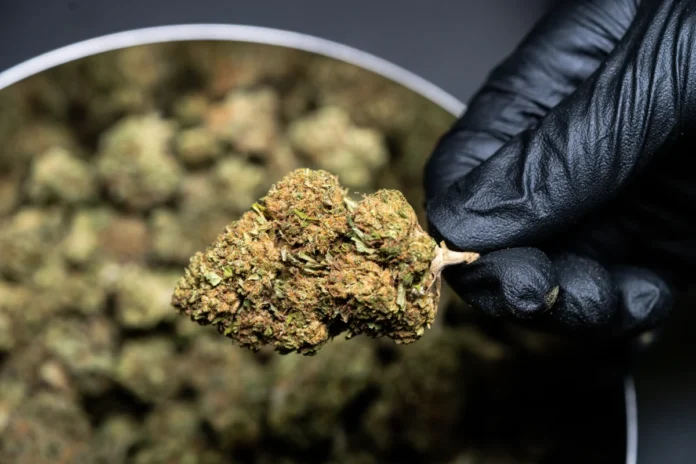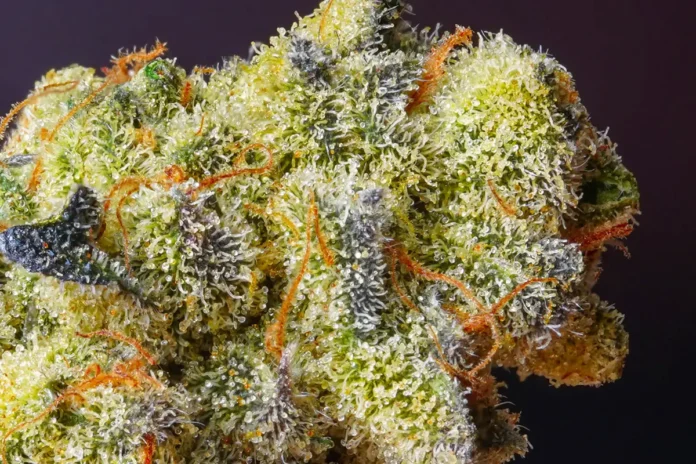Tetrahydrocannabinolic acid, often abbreviated, forms a vital part of cannabis chemistry. Found in raw and live cannabis, it’s a precursor to THC, the component primarily responsible for the psychoactive effects associated with marijuana. When cannabis undergoes decarboxylation, which can happen through drying, curing, or heating, this acid transforms into THC. But before considering its longevity in the human body, understanding its nature and how it differs from THC is crucial.
The Body’s Interaction with THCA

Once you introduce thca-flower into the body, the acid follows a complex metabolic pathway. Unlike its counterpart, THC, it doesn’t bind extensively to the CB1 and CB2 receptors in the brain, which are critical for the psychoactive effects of cannabis. Its absorption and metabolism involve the liver, where it undergoes transformation into various metabolites. These metabolites are key to understanding how long the substance remains detectable in the body.
Factors Influencing Duration in the System
Several factors determine how long this compound stays in your system. These include:
- Frequency and Amount of Use: Regular users may find the substance lingering in their systems longer than occasional users.
- Metabolic Rate: Individuals with a faster metabolism will process and eliminate it more quickly.
- Body Composition: Body fat percentage can influence the duration as the metabolites of cannabis are lipophilic, meaning they tend to bind to fat cells.
- Age and Overall Health: Older individuals and those with certain health conditions may experience a slower elimination process.
Detection Methods and Timelines

Detecting the presence of this compound involves various methods, each with its own detection window. Urine tests, blood tests, hair follicle tests, and saliva tests are common, with urine tests being the most frequent. The detection window can range from a few days to several months, depending on the test type and individual factors.
Comparing THCA and THC in Detection
It’s important to distinguish between this acid and THC in terms of detection. While THC is more potent and has a more pronounced psychoactive effect, it’s also more detectable due to its affinity for fat cells and slower metabolism. In contrast, the acid form, being less psychoactive, might pass through the system more rapidly, though this depends on the aforementioned factors.
Implications and Considerations
Understanding how long this compound stays in the system is crucial, especially for individuals subjected to drug testing. It’s also important for medical users who need to manage dosages and schedules. Moreover, with the evolving legal landscape around cannabis, being informed about how these substances interact with the body and how long they remain detectable is essential for responsible use.
Personalized Factors and Duration

The individualized nature of how long this compound stays in a person’s system cannot be overstated. Personal health, lifestyle, and even genetic factors play a significant role. For example, someone with a higher body mass index (BMI) might retain metabolites longer due to increased fat cells. Additionally, hydration levels, diet, and physical activity levels can all influence the speed at which the body processes and eliminates these substances.
Legal and Health Implications
Navigating the legal and health implications of cannabis use, including the presence of its acid form in the system, is critical. In regions where cannabis use is legal, there may still be restrictions and guidelines, especially in workplaces and for certain professions. For medicinal users, understanding the duration and effects is vital for effective treatment and avoiding potential drug interactions or side effects.
Technological Advances in Detection
Advancements in technology continually refine the methods used to detect this compound. More sensitive and specific tests are being developed, which can more accurately determine the presence and quantity in the body. These advancements are significant not only for law enforcement and workplace testing but also for medical research and treatment.
Future Research and Developments

The future of cannabis research promises deeper insights into how these compounds interact with the human body. As legal barriers continue to change and societal attitudes evolve, more comprehensive studies will likely shed light on the nuances of cannabis compounds, including THCA. This could lead to more personalized approaches to cannabis use, both recreationally and medicinally.
Navigating Misconceptions and Educating the Public
One significant challenge in this field is navigating the myriad of misconceptions surrounding cannabis and its compounds. Public education plays a crucial role in demystifying these substances, including THCA.
Misunderstandings about the effects, duration, and legal status of cannabis derivatives can lead to both unnecessary stigma and uninformed usage. Efforts to educate the public, healthcare professionals, and lawmakers are essential to foster a more nuanced understanding of these substances. This education is not just about the duration in the system but also about the broader implications for health, legal systems, and societal norms.
The Role of Individual Responsibility and Awareness
Finally, the responsibility of individual users in understanding and managing their cannabis consumption cannot be overstressed. Users need to be aware of how long THCA and other cannabis compounds can stay in their systems and the implications this has for health, legal considerations, and social interactions.
This awareness is particularly crucial in contexts such as employment, where drug testing is common, and in medical scenarios, where cannabis usage may affect other treatments or conditions. As the landscape of cannabis use continues to evolve, individual responsibility and awareness will be key components in navigating this complex and ever-changing field.
Conclusion
The duration of THCA in the system is a multifaceted topic, deeply influenced by individual factors, detection methods, and the evolving landscape of cannabis research and legislation.
As understanding deepens, it becomes increasingly important for individuals to be informed and cautious, especially in contexts where legal and health implications are at play. With ongoing research and technological advancements, our grasp of these substances will continue to grow, potentially leading to more informed, safe, and effective use.






